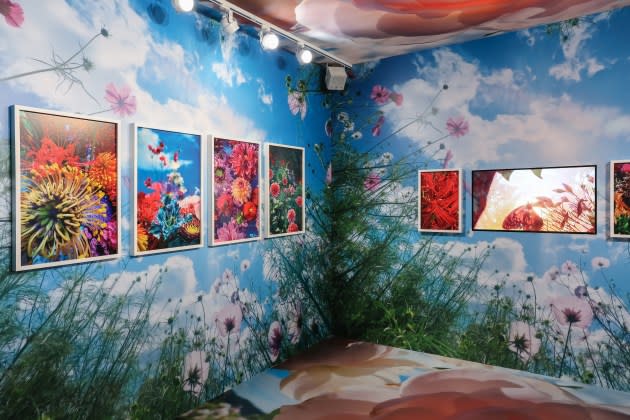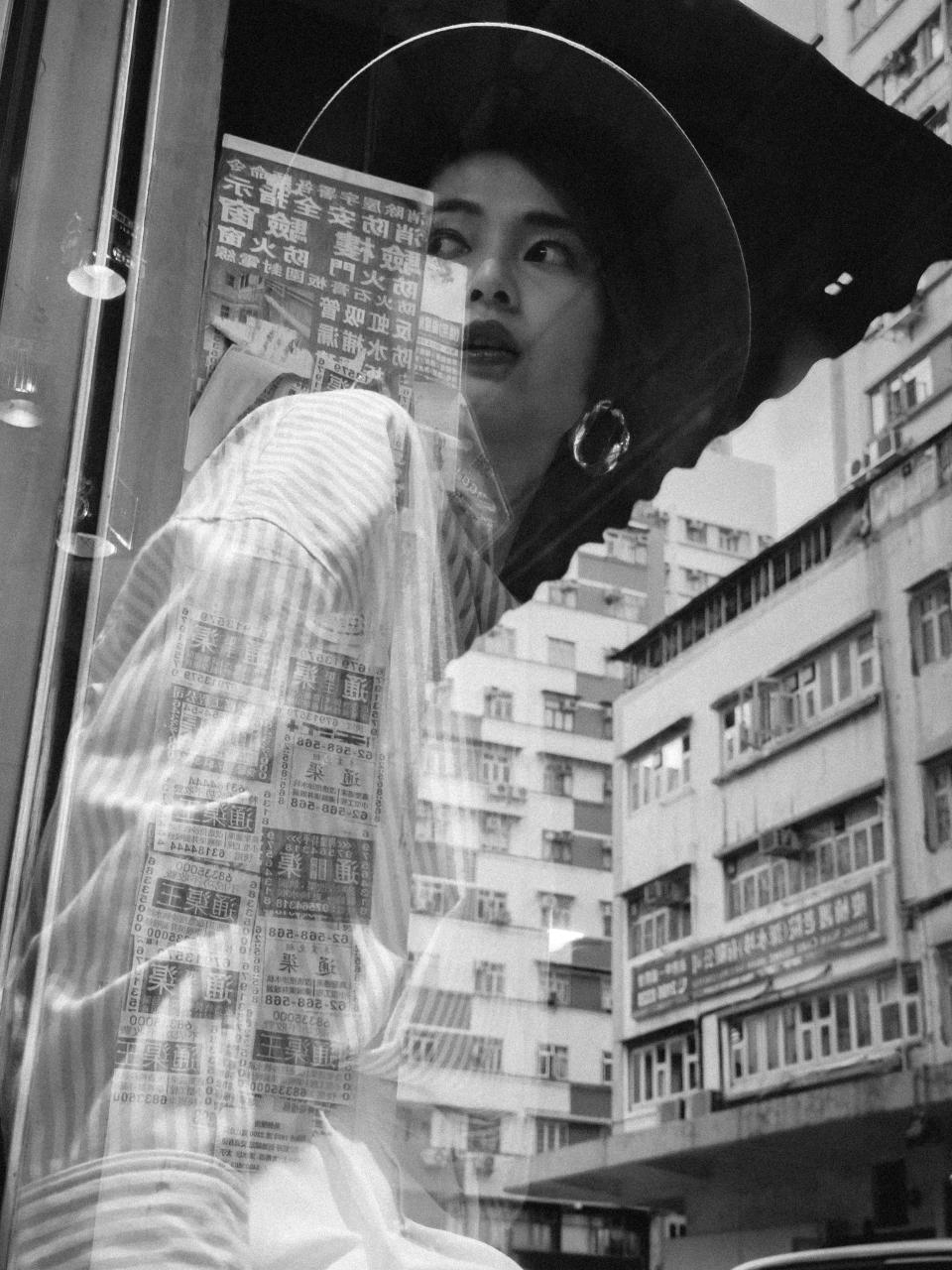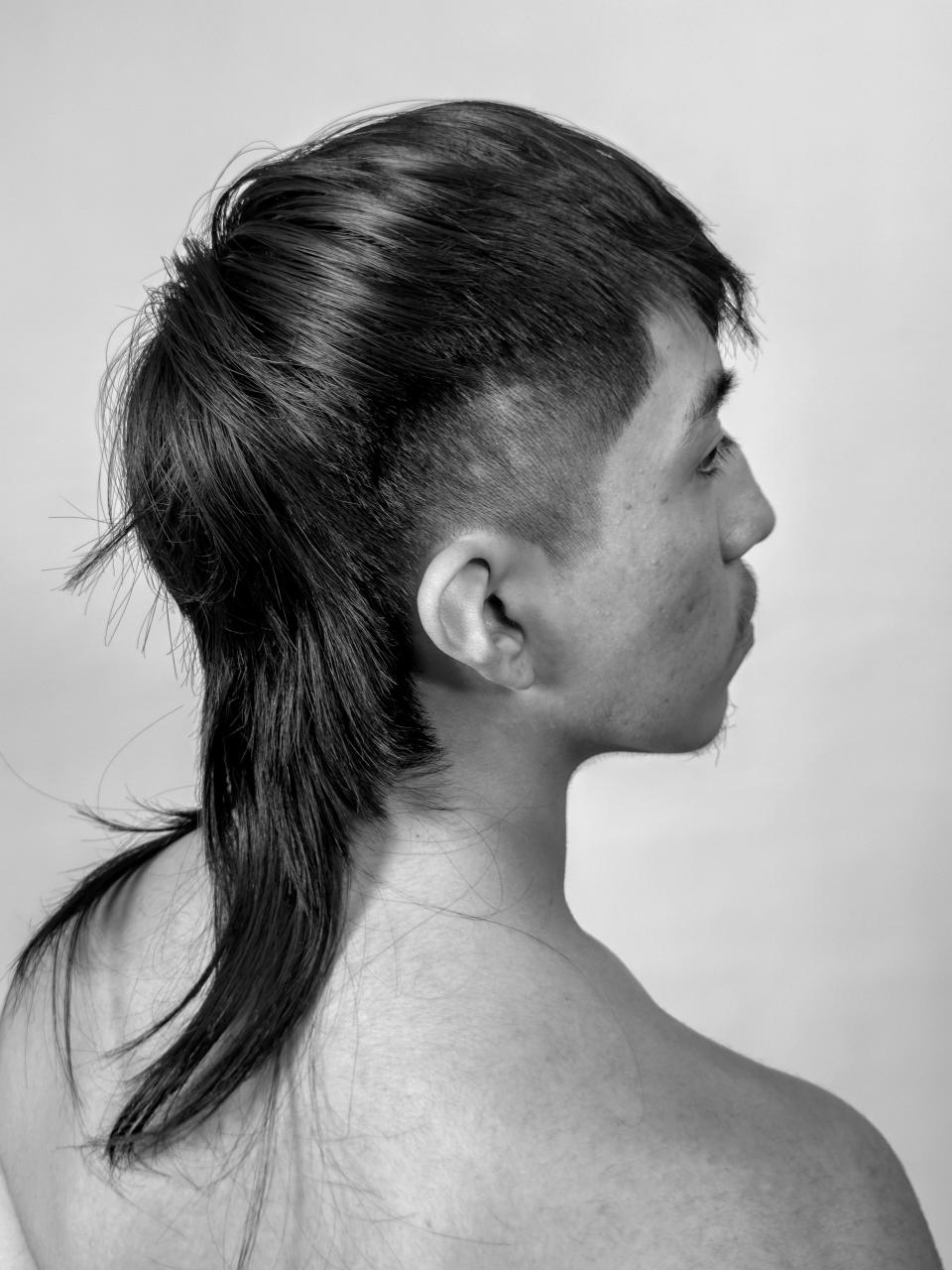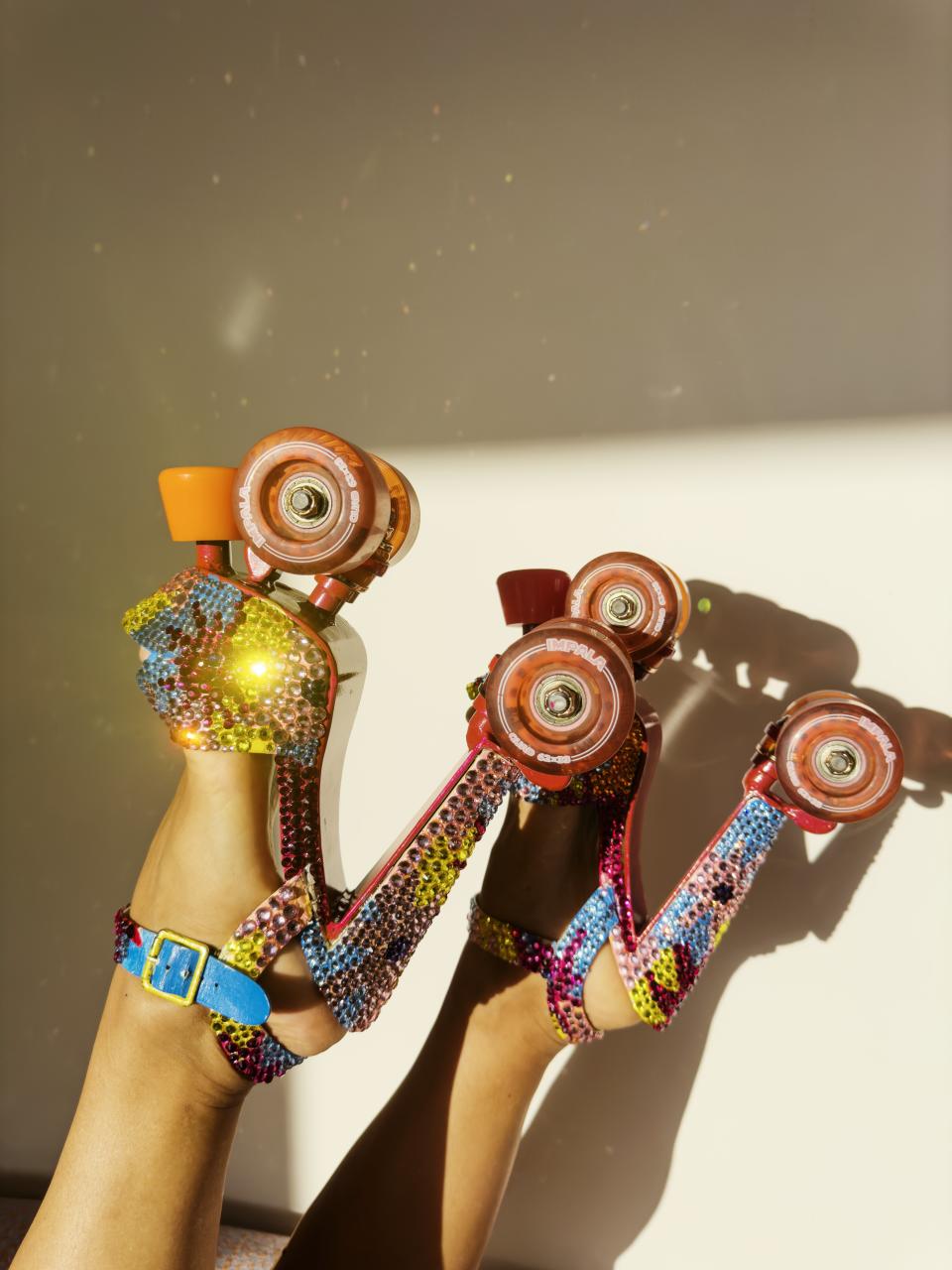Paris Exhibition Explores Artistic Potential of iPhone Photos

Back in 2015, when Swedish photographer Malin Fezehai won a World Press Photo prize for her image of two Eritrean refugees at their wedding in Israel, it was the first time a winning submission had been realized with an iPhone.
On Friday, Fezehai was one of five international artists given a Paris exhibition for work realized with an iPhone 15 Pro Max, which has the equivalent of seven lenses.
More from WWD
Belgian Label Natan Marks 40th Anniversary With Book, Brussels Exhibition
Lenny Kravitz on His Love of Watches, Touring With Bob Dylan and Working With Jaeger-LeCoultre
“You have the iPhone, but then you have the artist, and every artist offers up his or her or their own imprints in terms of the images that they’re creating,” says Isolde Brielmaier, deputy director of the New Museum in New York, who served as curatorial adviser on “I Remember You,” a two-day display open to the public on Thursday and Friday.
Fezehai, Karl Hab, Vivien Liu, Mika Ninagawa and Stefan Ruiz were all asked to interpret the themes of memory, nostalgia and what it means to capture a moment.
The resulting work ranges from lively streetscapes and otherworldly floral compositions to the kind of staged, cinematic scenes pioneered by Cindy Sherman.

Brielmaier made headlines in 2021 when she conceptualized and curated an exhibition at the International Center for Photography in New York dedicated to works produced on iPhones.
In her view, the iPhone camera offers different kinds of capabilities, which increase with each iteration of the iPhone.
“But at the end of the day, you still have the imprint of the photographer,” she says in an interview. “The photographer is deciding, ‘Is this a close-up? Am I pulling back? What am I cropping? How am I composing the image?’ That’s individual, and there’s some intentionality.”
Once the photo is taken, a plethora of post-production tools are at the user’s disposal to pump up the color and play with light. “And again, that’s all individual and based on the photographer, whomever is using the phone,” she says.
Ruiz, for example, submitted portraits that Brielmaier described as “bare bones,” but captivating and impactful.

“There’s this sort of imperfection of the sitter that becomes perfect with the use of the iPhone, and the tools that he uses,” she explains, lauding the “versatility” of the equipment.
Ruiz cast trendy Mexican kids in the orbit of New York menswear designer Willy Chavarria, letting their mullet hairstyles, face tattoos and unflinching stares tell the story.
Hab, meanwhile, revisited one of his favorite cities, Paris, and “homed in on the little details that really resonate with him.” These ranged from stacks of café chairs to stylish girls on motorbikes.
“All of the artists went in different directions,” Brielmaier enthuses. “The iPhone offers up myriad possibilities. And for an artist who is looking to be creative and to explore different outcomes vis-a-vis their images, it’s a really wonderful kind of synergy.”
All five of the photographers featured lean into fine art as part of their practice, but also do commercial work on the side. Hab has done work for Louis Vuitton, Liu for Chanel and Ninagawa for Dries Van Noten.
“We see that more and more, particularly with younger and up-and-coming artists,” Brielmaier says. “They’re very comfortable working across different spaces. And I think shooting on the iPhone really aligns with that kind of freedom and flexibility as well.”
Fezehai took a road trip to Las Vegas with hula-hoop performer Marawa, who holds multiple world records and also twirls on the grooviest platform roller skates you’ve ever seen.

“The iPhone gives me a different perspective than my normal camera,” says Fezehai, who describes her work as photo journalism. “Even when I use my [regular] camera, I will use the iPhone to get different ideas of angles that I want to shoot.”
Ninagawa, whose iPhone dangles from a floral-print strap, mounted an installation layered with intensely colored close-ups of flowers. “I created what nature presented to me,” she shrugs.
Liu, dressed head-to-toe in Thom Browne, turned her focus to the tenement buildings in her native Hong Kong that are fast-disappearing, casting a doppelganger to pose in the shadow of an architectural style very meaningful to her, as her grandmother lived in one such building and they evoke strong childhood memory.
The mostly black-and-white images also evoke a mid-century fashion shoot.
“There is a fashion element in it, because I was very inspired by Vivian Maier,” she says, referring to the later American street photographer, whose work was discovered after her death. “She is one of the photographers that I really like look up to and try to take inspiration from her work.”
According to Apple, the iPhone has become more deeply integrated in professional workflows among the world’s most talented photographers.
Best of WWD


